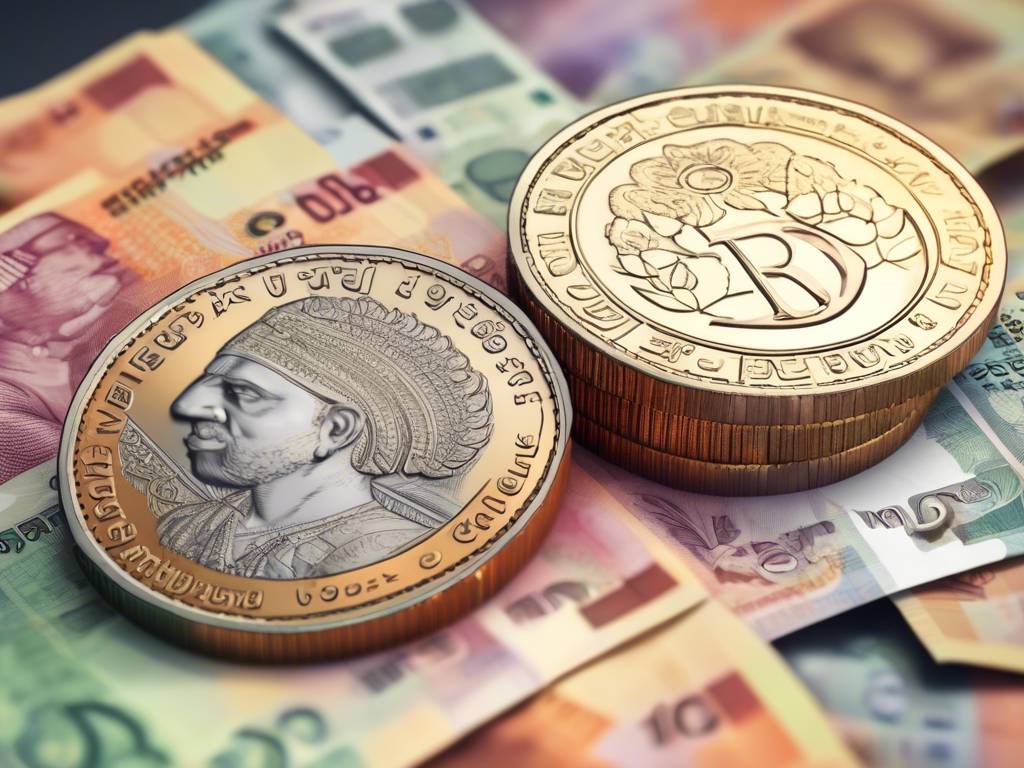Exploring Digital Financial Asset Solutions for Trade: Iran and Russia
Iran and Russia are collaborating on introducing “digital financial asset” solutions to streamline trade operations, a recent confirmation from an Iranian official reveals. As the two nations delve into the realm of DFAs and central bank digital currencies to enhance trade between Tehran and Moscow, the potential benefits and challenges are being carefully evaluated.
Iran and Russia: The Urgency for CBDC Trade Regulations
The need to establish regulations for CBDC trade between Iran and Russia is becoming more apparent, as expressed by the Iranian Embassy’s trade attaché in Russia. This initiative stems from a desire to alleviate the impact of economic sanctions imposed on both countries, particularly on Russia following the conflict in Ukraine and on Iran due to recent sanctions triggered by geopolitical events.
- CBDs could potentially mitigate the effects of sanctions on trade
- Challenges remain in implementing CBDC-related payments
- Creating infrastructure and regulations for new payment methods is essential
Mutual Interests Driving Collaboration
The economic constraints imposed by sanctions have spurred Iran and Russia to seek collaboration in CBDC trade. Maxim Chereshnev, Chair of Russia’s Council for the Development of Foreign Trade and International Economic Relations, emphasized the strategic importance of a partnership with Iran to enhance Moscow’s influence in key regions like the Middle East and Central Asia.
Non-USD Fiat Trades: Impacts on Russian Firms
Challenges arise for Russian businesses engaging in non-USD transactions, leading to losses in trade deals due to currency conversion and discrepancies in rates. The integration of CBDCs is viewed as a viable solution to overcome these hurdles and facilitate transparent, secure, and efficient transactions between Iran and Russia.
- Inability to use USD and euros in trade affects Russian and Iranian firms
- Currency conversion poses challenges for trade deals
- CBDCs offer opportunities to simplify trade and enhance transparency
Enabling Factors for CBDC Adoption
The launch of settlements using DFAs and CBDCs is expected to revolutionize trade practices between states by increasing transparency, improving security, and streamlining cross-border transactions. The alignment of interests between Iran and Russia underscores the strategic significance of CBDC adoption in facilitating efficient trade mechanisms.
Promising Prospects for CBDC Trading Partnerships
Recent developments indicate a growing interest among Russian entities in exploring DFAs for enhanced domestic investment opportunities. With the enactment of laws permitting cross-border DFA transactions involving Russian tokens, the landscape of digital trading is poised for further evolution in collaboration with allied nations.
- New opportunities for blockchain-powered securities and commodities trading
- Russian firms authorized to engage in cross-border DFA trade
- Diverse international collaborations on CBDC and DFA projects
Rise of Digital Fiat Projects in Cross-Border Payments
Belarus and other nations are venturing into digital fiat projects to decentralize cross-border payments and reduce reliance on major currency systems. These initiatives aim to foster financial independence and resilience, ensuring efficient and secure trade operations in an evolving global economic landscape.
Hot Take: Embracing Digital Financial Assets for Future Trade
In conclusion, the collaborative efforts between Iran and Russia to explore DFAs and CBDCs represent a pivotal step towards revolutionizing trade practices and mitigating the impacts of economic sanctions. By fostering partnerships, enhancing regulations, and embracing technological advancements, both nations are poised to navigate the complexities of international trade with greater efficiency and transparency.





 By
By
 By
By
 By
By


 By
By